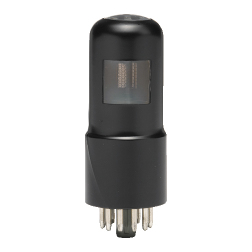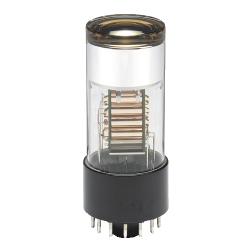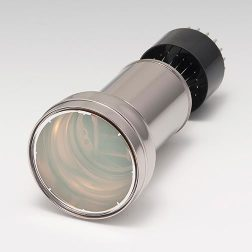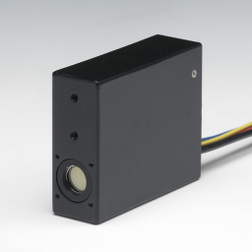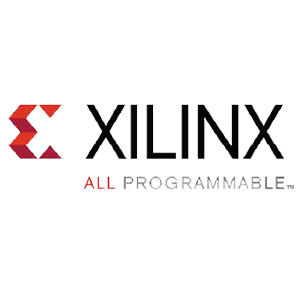What is Ethernet Cable?
Ethernet cable is a physical cable used to connect network devices, primarily for establishing a local area network (LAN) or other computer networks. This cable transmits electrical or optical signals to enable data communication between devices. The primary use of Ethernet cables is to connect computers, routers, switches, modems, and other equipment to facilitate data transmission and network communication.
What is a Patch lead?
Patch lead is a short-distance cable used for quick connections between network devices, especially in a local area network (LAN). Its main purpose is to connect two devices or to connect a device to a patch panel, router, or switch.So, in simple terms, Ethernet cable refers to the type of cable. Whereas patch cords have connectors on both ends and are part of the Ethernet cable. That’s the difference between them.

Difference:
1.Length
Ethernet Cable: Generally longer, ranging from several meters to dozens of meters, suitable for connecting devices across different rooms or locations.
Patch Lead: Typically shorter, usually between a few inches to several meters, suitable for short-distance connections between devices.
2.Purpose
Ethernet Cable: Widely used to connect various network devices such as computers, routers, switches, and modems to establish a local area network (LAN) or other networks.
Path Lead: Mainly used for quick connections and adjustments between patch panels, switches, or routers, facilitating the management of network connections.
3.Flexibility
Ethernet Cable: Due to its longer length, it can be cumbersome when wiring, especially in complex network environments.
Patch Lead: Designed to be flexible, making it easy to route and connect in tight spaces, commonly used for connections between devices in data centers and server rooms.
4.Connectors
Ethernet Cable: Usually uses RJ45 connectors, but may also employ other types of connectors depending on the application.
Patch Lead: Also uses RJ45 connectors, but may feature other types of connectors (e.g., fiber patch leads using LC, SC connectors), depending on the application scenario.
5.Application Scenarios
Ethernet Cable: Suitable for various environments such as homes, offices, and data centers, connecting different devices for network communication.
Patch Lead: Primarily used in data centers and server rooms for quick connections and management of devices.
Are all Ethernet cables the same?
Not all Ethernet cables are created equal. Ethernet cables come in many types and specifications, and they vary in performance, transfer rates, bandwidth, length, and purpose.
Category
Ethernet cables are typically categorized based on their performance,For example:
Cat5: Supports network transmission speeds of 10/100 Mbps, commonly used in home and small office networks.
Cat5e: An enhanced version of Cat5, supporting speeds up to 1 Gbps and offering better interference resistance.
Cat6: Supports speeds up to 10 Gbps, suitable for high-speed networks, often used in corporate environments.
Cat6a: An enhanced version of Cat6, supporting longer transmission distances and higher bandwidth.
Cat7 and Cat8: These are the latest standards, supporting higher transmission speeds and stronger shielding capabilities, primarily used in high-performance networks and data centers.
Transmission Speed and Bandwidth
Different categories of Ethernet cables support varying transmission speeds and bandwidths. For example, Cat5e typically supports 1 Gbps, while Cat6 can support speeds of up to 10 Gbps. This determines the cable’s capacity to handle large amounts of data.
Length and Materials
Length: The length of Ethernet cables can affect signal quality and transmission speed. Typically, lengths exceeding 100 meters may lead to signal attenuation.
Materials: Different cables may use various materials, such as copper or fiber optics, which can impact their performance and suitable applications.
Shielding Types
Some Ethernet cables feature shielding (such as STP, FTP, etc.) to reduce electromagnetic interference. This is particularly important in high-interference environments.
Connector Types
Ethernet cables usually utilize RJ45 connectors, but depending on the application, the design and specifications of the connectors may vary.
Is a patch lead considered a straight-through cable?
Straight-through cables are primarily used to connect hosts to clients. For instance, a Cat5e patch lead functions as a straight-through cable, connecting computers, printers, and other network client devices to routers, switches, or hubs (which act as the host device). However, with fiber patch leads, the concept of a straight-through cable does not apply.
For more questions, please contact:emi-ic.com




